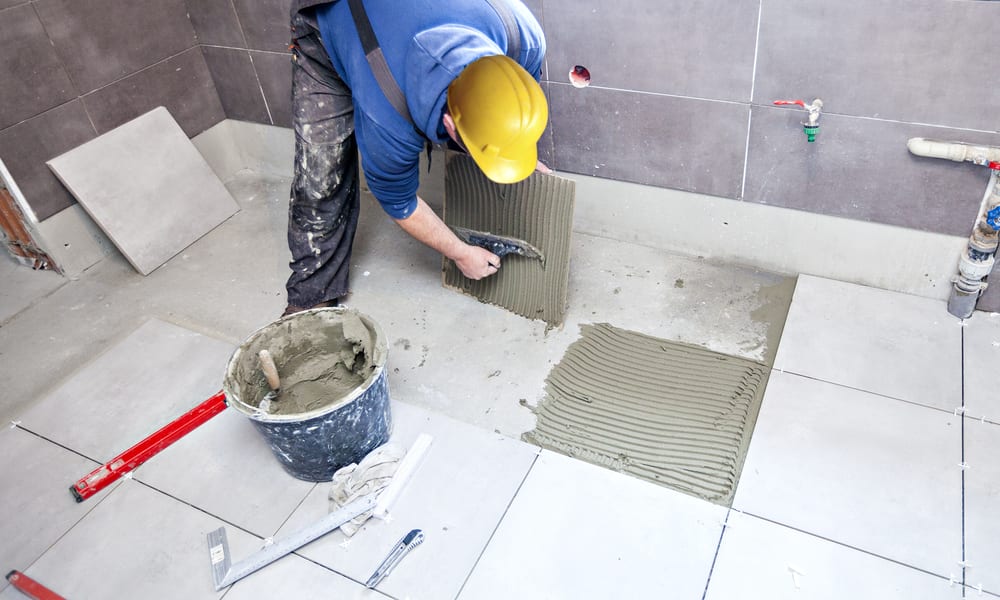UK 2025 Grants for Accessible Bathroom Upgrades
In 2025, the UK continues to provide essential government grants for bathroom upgrades, focusing on individuals with disabilities or long-term health conditions. Key initiatives like the Disabled Facilities Grant aid in creating safer, more accessible homes. Collaboration with local councils and agencies streamlines the process, offering comprehensive support for necessary home adaptations.

Adapting a bathroom to meet accessibility needs is often essential for individuals with physical disabilities, mobility issues, or age-related challenges. In 2025, the UK government continues to offer financial support through various grant programmes designed to help cover the costs of necessary home adaptations. These grants can significantly reduce the financial burden of installing features such as walk-in showers, grab rails, accessible toilets, and level-access bathing facilities. Knowing which grants are available, how to apply, and what alternatives exist can make the process more manageable and less stressful.
Understanding UK Grants for Bathroom Upgrades in 2025
The primary source of funding for accessible bathroom adaptations in the UK is the Disabled Facilities Grant (DFG). This means-tested grant is administered by local councils across England, Wales, and Northern Ireland, with similar schemes operating in Scotland under different names. The DFG is designed to help disabled individuals make their homes more accessible and suitable for their needs. Bathroom adaptations are among the most common types of work funded by this grant, as they directly impact daily living and personal care.
Eligibility for the DFG depends on several factors, including the applicant’s disability or mobility needs, their financial circumstances, and whether the proposed adaptations are deemed necessary and appropriate by an occupational therapist. The grant is available to homeowners, private tenants, and some social housing tenants, though landlords may need to provide consent for certain modifications. The application process typically begins with a referral to the local council’s social services or housing department, followed by an assessment by an occupational therapist who will recommend suitable adaptations.
The amount of funding available through the DFG varies depending on the local authority and the nature of the work required. In England, the maximum grant is currently capped, though local councils may have discretionary funds to provide additional support in exceptional cases. Applicants should be aware that the grant is means-tested, meaning those with higher incomes or significant savings may be required to contribute towards the cost of the adaptations. However, the assessment process takes into account individual circumstances, and many people receive full or substantial funding.
Key Features of the Disabled Facilities Grant
The Disabled Facilities Grant is specifically designed to fund adaptations that enable disabled individuals to live more independently and safely in their own homes. For bathroom upgrades, this can include a wide range of modifications. Common adaptations funded by the DFG include the installation of level-access or walk-in showers, which eliminate the need to step over a high bathtub edge. Grab rails and support bars can be fitted around the toilet, shower, and bath areas to provide stability and reduce the risk of falls.
Other eligible adaptations may include widening doorways to accommodate wheelchairs, installing accessible toilets with appropriate height and support features, and fitting specialist bathing equipment such as bath lifts or shower seats. In some cases, the grant may also cover the cost of relocating a bathroom to the ground floor if upstairs access is not feasible. The key criterion is that the adaptation must be necessary and appropriate to meet the disabled person’s needs, as determined by a professional assessment.
The application process for the DFG can take several months from initial referral to completion of the work. After the occupational therapist’s assessment, the council will evaluate the application, including the means test, and approve funding if the criteria are met. Applicants are usually required to obtain quotes from approved contractors, and the council may have a list of recommended suppliers. Once approval is granted, the work can proceed, and payment is typically made directly to the contractor upon completion, though arrangements can vary by local authority.
Additional Support and Alternatives
While the Disabled Facilities Grant is the main source of funding for accessible bathroom adaptations, several alternative support options exist for those who may not qualify or who need additional assistance. Charitable organisations and trusts often provide grants or financial aid for home adaptations, particularly for individuals with specific conditions or circumstances. Organisations such as the Independent Age, Turn2us, and various disability-specific charities may offer funding or guidance on accessing support.
Local councils may also have their own discretionary grant schemes or loan programmes to supplement the DFG, particularly for urgent adaptations or cases where the standard grant cap is insufficient. Some councils offer interest-free or low-interest loans to help cover the cost of adaptations, which can be repaid over time. Additionally, housing associations and social landlords may have their own adaptation budgets and processes for tenants, which can sometimes be accessed more quickly than the DFG.
For those who do not qualify for grant funding due to financial means testing, other options include using equity release schemes, personal loans, or savings to fund necessary adaptations. Some specialist bathroom suppliers offer payment plans or financing options to spread the cost over time. It is also worth exploring whether any insurance policies, such as critical illness cover or income protection, include provisions for home adaptations. Independent financial advice can be valuable in exploring these alternatives and ensuring the most appropriate solution is chosen.
| Provider Type | Services Offered | Key Features |
|---|---|---|
| Local Council DFG | Accessible showers, grab rails, toilet adaptations | Means-tested, max grant cap, occupational therapist assessment required |
| Charitable Trusts | Supplementary grants, specific condition support | Varied eligibility, application-based, may cover additional costs |
| Housing Associations | Tenant adaptations, accessible fixtures | Available to social housing tenants, may have own budgets |
| Private Contractors | Full bathroom remodeling, specialist equipment | Payment plans available, wide range of options, costs vary |
Navigating the Application Process
Successfully applying for a Disabled Facilities Grant requires careful preparation and patience. The first step is to contact the local council’s social services or housing department to request an assessment. This can often be done by phone, online, or through a GP or social worker referral. Once the referral is made, an occupational therapist will arrange a home visit to assess the individual’s needs and recommend appropriate adaptations.
During the assessment, it is helpful to clearly explain the difficulties faced in using the current bathroom and how specific adaptations would improve safety and independence. The occupational therapist will consider factors such as mobility, balance, transfer abilities, and any assistance required from carers. Following the assessment, a detailed report will be submitted to the council, outlining the recommended adaptations and their justification.
After the council receives the occupational therapist’s report, the means test will be conducted to determine the applicant’s financial contribution, if any. This involves providing information about income, savings, and benefits. Once the application is approved, the council will typically require at least two quotes from contractors for the proposed work. Some councils have approved contractor lists, while others allow applicants to source their own quotes. It is important to ensure that any contractor used is qualified, insured, and experienced in accessible bathroom installations.
The timeline from initial application to completion of work can vary significantly depending on the local authority, the complexity of the adaptations, and the availability of contractors. On average, the process can take anywhere from a few months to over a year. Maintaining regular communication with the council and promptly providing any requested information can help avoid delays. Once the work is completed, the council will arrange a final inspection before releasing payment to the contractor.
Conclusion
Accessible bathroom adaptations can make a profound difference to the quality of life for individuals with disabilities or mobility challenges. The Disabled Facilities Grant remains the primary source of funding for such modifications in the UK, offering substantial financial support to eligible applicants. Understanding the eligibility criteria, application process, and available alternatives is essential for those seeking assistance. While the process can be lengthy and complex, the result is a safer, more comfortable home environment that promotes independence and dignity. Exploring all available options, including charitable support and local council schemes, ensures that the most appropriate and affordable solution is found for each individual’s circumstances.




